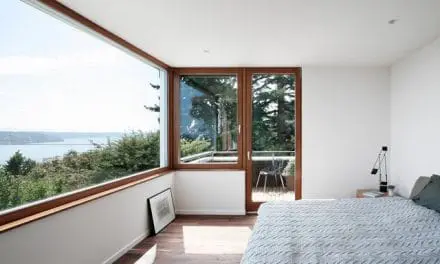THE STORY
Beyond sustainable, in an ideal world, every house would be environmentally regenerative, seamlessly integrating into its ecosystem, highly efficient, producing more energy than it consumed, restoring habitat, saving and repurposing water, reducing and reusing waste, reclaiming materials, eliminating its own and its occupants’ total carbon footprint (including transportation). Tah.Mah.Lah. represents an exciting summary of what building green can amount to. Special care has been taken across every dimension of green building: energy, materials, water, and habitat. Every aspect of the creation of this house is intended to have a minimal environmental impact and hopes to have a restorative effect, while still providing an environment appropriate for the family and the broader community, organizations and functions they support.
In April 2006, they began the design process for the project by writing a set of themes that would define the house. They shared these themes, each of which is of equal importance, with their team to be used as guiding principles relevant to every idea, every design, and every decision. Every designer, consultant, contractor, subcontractor and service provider who joined the team stayed true to these intents. It is the team members who have given these themes form, function and figure. Read More



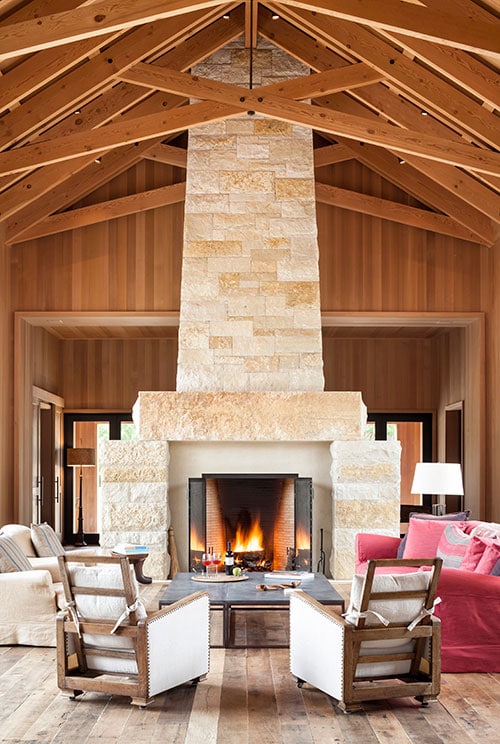
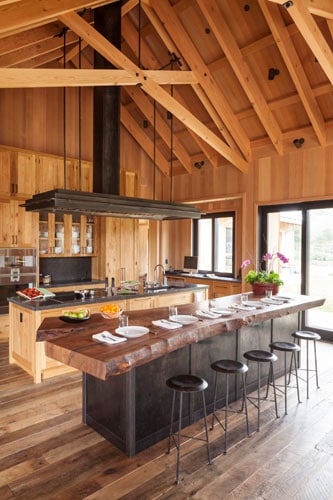
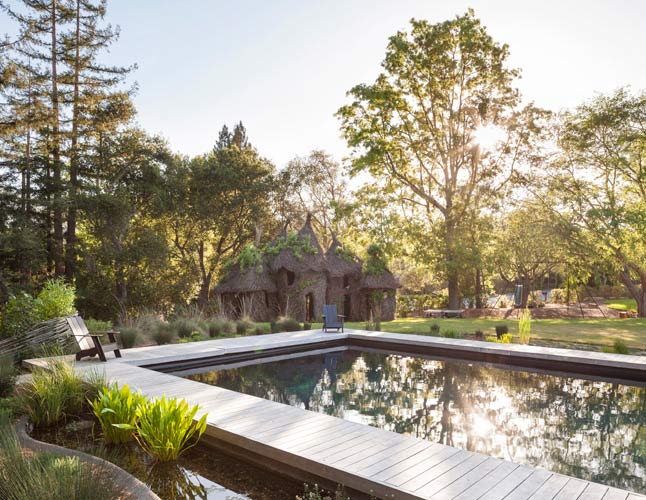

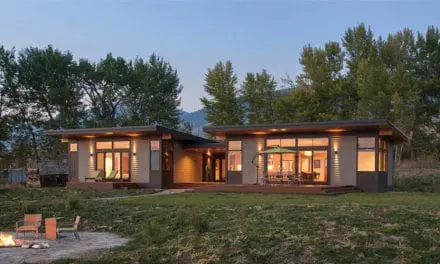
![10 Steps Toward a Zero Energy Home [Infographic]](https://elemental.green/wp-content/uploads/2016/04/cbfb-440x264.jpg)
